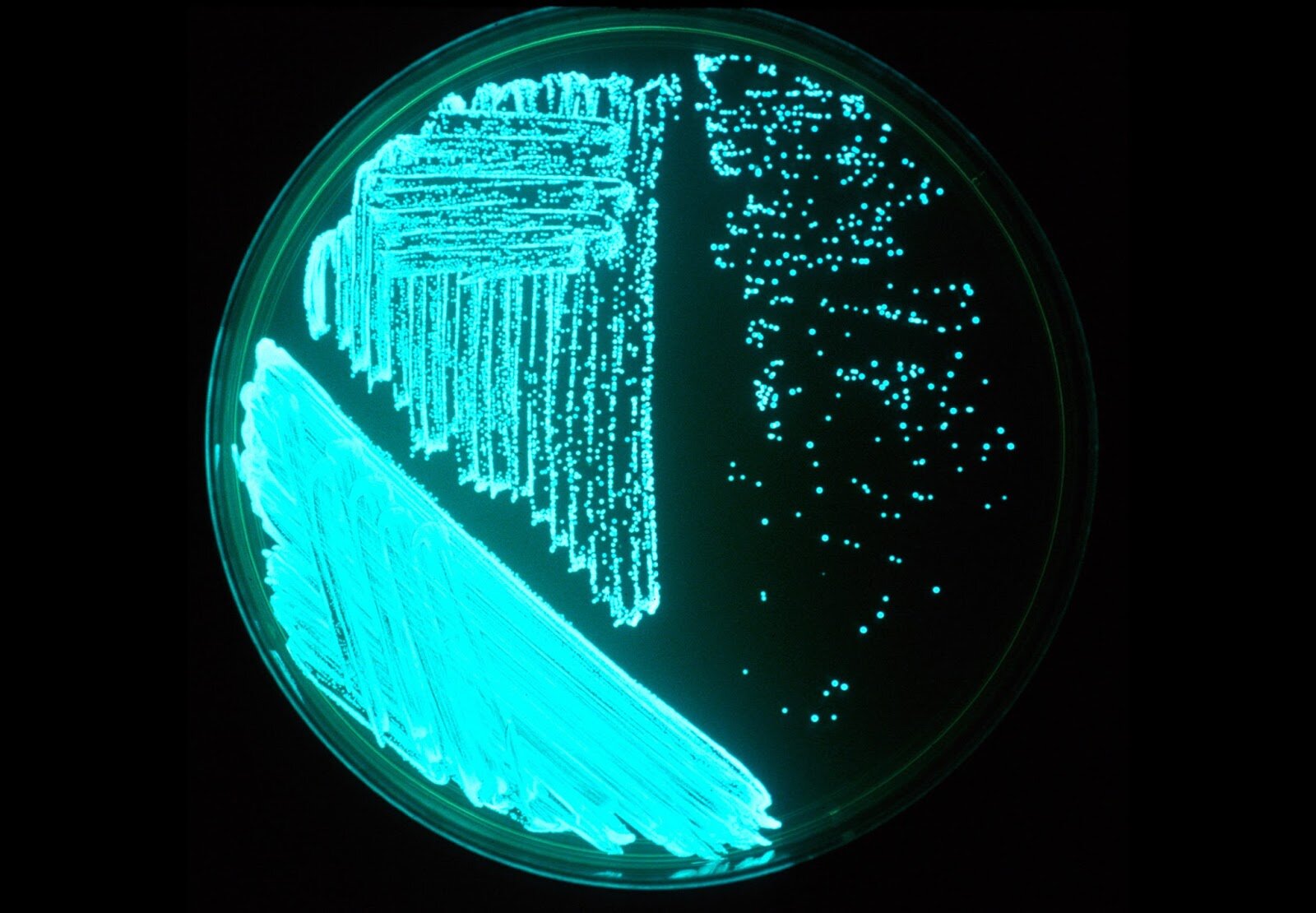Echo
Echo is a bioreactor-operated street lighting design made with 3D-printed glass and recycled glass materials collected from the local community of Savannah with the help of its waste management industry. The concept implemented biomimicry, specifically referencing quorum sensing of the bacteria Vibrio Harveyi (V.harveyi).
Group Project
Role: Design research, Concept sketch, Data Visualization, Editorial design
Tools: Adobe Photoshop, Illustrator
Duration: 10 Weeks (03.2020 - 05.2020)
Biomimicry: Learning from Nature’s Genius
Biomimicry is the concept of using different aspects of nature as inspiration for design processes and products. All living things have survived for one reason or another, and each one has different characteristics about themselves that let them do so.
Life’s Principles explain that life on earth is interconnected and interdependent. Six categories of Life’s Principles represent some of the patterns found amongst the species in regard to their survival and thriving on Earth. Learning from nature allows designers to be inspired by its ingenuity, have innovative strategies, and evaluate sustainability.
Understanding the strategy of Vibrio Harveyi
The team selected Vibrio Harveyi (V. harveyi) as a nature model for its unique biolumination through quorum sensing. V. harveyi is a type of bacteria that is native to tropical seawater. It switches between aerobic respiration of oxygen and fermentation in order to produce ATP. This allows for the bacteria to survive in low oxygen concentrations. When the fermentation material is present, bioluminescence occurs based on its population density. The release of autoinducers from each cell enables cell-to-cell communication. At high enough concentrations, autoinducers reenter the cell to bind to the LuxR triggering the synthesis of light, which is the release of energy.
Strategy Card
The strategy of V. harveyi was analyzed summarized to figure out what opportunities the team could seek from it.
Opportunity Area
The concept of the bacteria's biological population density and the amount of impact it brings out was rephrased into ‘Useless in One, Powerful in Many’. The team narrowed down the scope into recycling as it resembled the functionality of quorum sensing. Once discarded as waste, recyclables altogether provide not only environmental sustainability but also aesthetics and provoke a butterfly effect of changing people’s perception of waste and recycling. Moreover, recyclables can also be repurposed that serve a greater value.
Context Research: Glass Recycling
After looking into a list of recyclables, the team decided to focus on glass recycling for three reasons; Limitless recyclability, Versatility, and Energy & cost efficiency.
Also, the research data was organized into a simple data visualization for an easier understanding of the context.
Glass Recycling Butterfly Diagram
This diagram shows the ecosystem as well as the interconnectivity of glass recycling between individuals and private and governmental entities. It is divided into two parts in which the left side explains glass as materials while the right side portrays how each process of creating such glass materials promotes environmental sustainability.
The areas of interest included reformed glass materials that are made of recycled glass cullets and repurposed glass materials that are implemented in the third industry such as construction.
Keywords for Implementation
The four listed keywords were guidelines and criteria as the team moved on to brainstorming the final implementation.
Exploring Local Needs: Street Lighting
The team wanted a potential implementation to benefit the local community of Savannah. Considering the local environment and demographics of Savannah, the team found an opportunity to improve street lighting.
After reaching out to some of the residents in Savannah and asking about their experiences of driving, low visibility especially driving at night made them more alert and stressed out. Some even felt drowsy driving in the dark.
Another round of secondary research was conducted to collect more data on street lighting and how it benefits drivers.
Material Research
After deciding to create a bioluminescent street lighting, the team brainstormed what materials are needed to make the idea feasible. As V. harveyi is the main source of bioluminescence, the team saw the possibility of using a bioreactor to produce light.
Furthermore, recycled glass cullets can be reformed into retro-reflective glass beads that are capable of making objects shine brighter. Recycled glass can also be turned into a material of 3D-printed glass, which promotes sustainability.



Value Proposition
A value proposition was created to understand to whom the team will be providing a solution and how it will be implemented and benefit the users.
Stakeholder Map
A stakeholder map was created to visualize who is interconnected within the utilization of our street lighting. Residents including drivers of Savannah were considered as our major stakeholders.
Personas
Based on the previous interviews with Savannah residents and secondary research, personas were developed to represent the needs and pain points of the main stakeholders.
Comments from Experts
Before moving on to the concept sketching, the team reached out to subject matter experts to check the feasibility and received their advice.
Final Solution
Echo is a bioreactor-operated street lighting made with 3D-printed glass and recycled glass materials collected from the local community of Savannah with the help of its waste management industry.
It incorporates the concept of reusing and repurposing glass together with the involvement and participation of the local community and the need for improving the safety of residents driving at night.
How Echo Works
Architectural scale 3D-printer will melt down recycled glass cullets as its medium for creating the column and branches of the lighting. The bioreactor installed inside the column will function as a housing for the synthesis of bacteria to emit bioluminescent light through quorum sensing. Retroreflective glass beads will be attached to the outer part, enabling retroreflection to amplify the brightness.
Final Prototypes
Echo Infographic Poster
Please click the button below to view the full version of the poster




















